No Dig Garden Clean Up
How to Prep Your Fall Garden the Easy, Earth-Friendly Way
Fall is in the air. Cooler days brings the unmistakable shift in our gardens as the growing season winds down. It’s tempting to grab your rake, pull every plant out by the roots, and “tidy up” before winter hits.
But if you’re aiming for a healthier garden and less work next season, it’s time to embrace no dig garden clean-up. No dig gardening is more than just a trend—it’s a smarter, soil-loving way to garden. And when it comes to fall cleanup, the no dig method gives your garden a natural boost while cutting your workload. Win-win.
What is No Dig Gardening?No dig (or no-till) gardening is exactly what it sounds like: you minimize digging or tilling your soil. Instead of turning the earth, you build rich, living soil by layering organic matter on top—think compost, mulch, and plant material. This protects the structure of the soil, keeps the microbial life thriving, and suppresses weeds.
Why does that matter? Because soil isn’t just dirt. It’s a living ecosystem full of microorganisms like fungi, bacteria, worms, and insects that work together to keep your plants healthy. When you dig or till, you disrupt that balance. When you leave it alone, good things start happening.
Fall No Dig Garden Clean-Up 101
Fall is the perfect time to practice no dig garden clean-up techniques. Instead of yanking everything out and starting from bare soil, here’s what you should do instead:
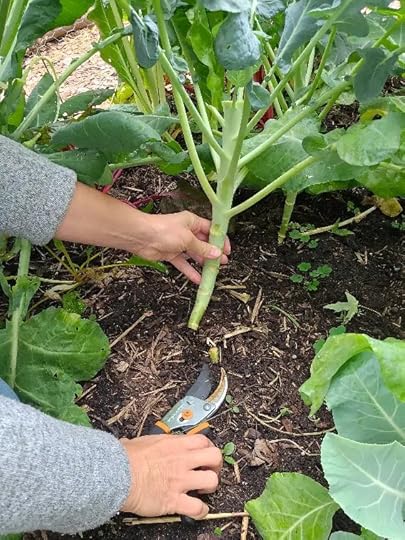
1. Cut, Don’t Pull
Healthy annual plants like broccoli, beans, or sunflowers? Don’t pull them up by the roots. Cut them back at soil level, and leave the roots in the ground.
Why? Those roots are full of organic matter. As they break down over the winter, they feed soil microbes and create natural channels that help aerate the soil. Worms love them. Fungi thrive on them. And your soil structure improves by what the decomposers leave behind. It’s the ultimate set-it-and-forget-it garden technique.
2. Remove Diseased Plants
If any plants showed signs of disease—like blight or wilt—go ahead and remove those completely. But don’t toss them in your compost pile until you know more about what the disease is. I regularly add plants with powdery mildew to my compost pile, as that fungal disease need living plant matter to survive.
Most other diseases are best for the burn pile or the county composting site that keeps their compost piles monitored and hot enough (140-180F) to kill the soil borne pathogens.
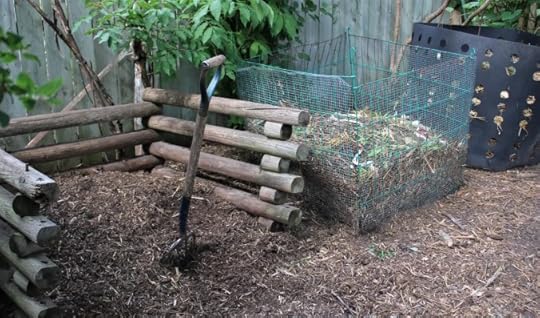
3. Chop and Drop
If your plants are healthy but sprawling, you can chop them into smaller pieces and leave them right on the garden bed. This “chop and drop” technique turns your old plants into mulch, slowly decomposing over the winter and feeding the soil naturally. The best known plant to do this with is Comfrey, as it decomposes quickly and adds tons of nutrients to the soil.
It also gives beneficial insects like beetles and spiders a place to overwinter. A tidy garden might look nice to us, but messy is beautiful to pollinators.
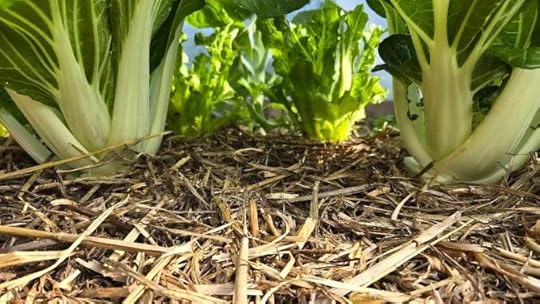
4. Add a Layer of Compost or Mulch
After you’ve cut back your plants, top your garden beds with a layer of shredded leaves, leaf mold or straw—about 1 to 2 inches thick. Organic Mulch not only protects your soil from erosion and weeds, but it also insulates all that microbial life underground. Think of it like tucking your soil in for the winter.
Consider planting a Fall Cover Crop to add nutrients and living roots to your soil.
[image error]5. Leave the Leaves (In Moderation)
Fallen leaves are free mulch, rich in carbon and beneficial nutrients. Rake them into your garden beds, especially around perennials. They’ll break down slowly and improve soil structure.
Just don’t smother your plants—aim for a light, fluffy layer so air and water can still move through. I’ll often run over leaves with my mower to help shred them to avoid creating a mat of impenetrable leaves.
A Special Nitrogen NoteLeaving the roots of Legumes like beans, peas, clover and vetch will add serious amounts of nitrogen to your soil as well. These plants form a symbiotic relationship with Rhizobia soil bacteria to form nodules of nitrogen. It is especially important to leave the roots of these plants to keep the fixed nitrogen in the soil.
Below is a photo of an edamame root with fixed nitrogen nodules.
[image error]Why Fall No Dig Cleanup WorksWhen you follow no dig practices in the fall, you’re playing the long game. You’re building a living, breathing soil system that supports plant health, holds moisture, and fights pests—naturally.
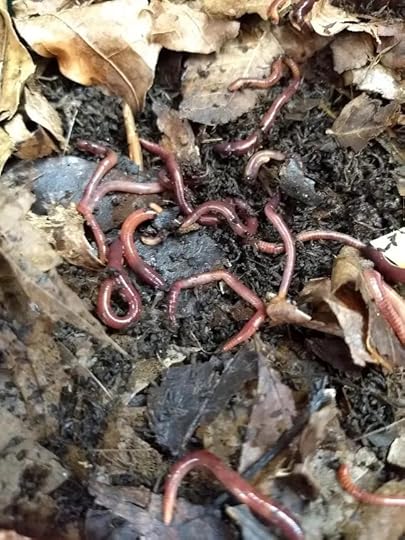
Here’s what you’ll notice next spring:
Looser, richer soil that’s easy to plant into.Fewer weeds, since you didn’t expose dormant weed seeds to light.Better moisture retention, thanks to improved soil structure.More worms and beneficial insects, doing the hard work for you.All that, and you didn’t even break a sweat digging.
Less Work, Healthier GardenFall is the time to slow down, reflect, and let nature take the lead. No dig gardening honors that rhythm. So this season, resist the urge to rip everything out and make it look “perfect.”
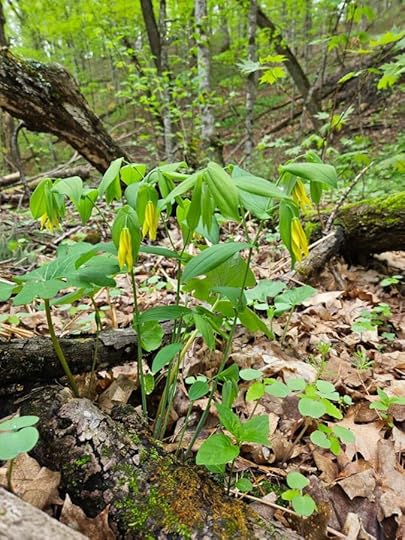
Instead, cut back healthy annuals at the base, leave the roots in the ground, and layer on compost and mulch. You’re not just cleaning up your garden—you’re investing in it.
Let the soil rest. Let the microbes work. Try gardening more like a forest…
And when spring rolls around, your garden will be more than ready to thrive—with less effort from you.
-Michelle
The post No Dig Garden Clean Up appeared first on Forks in the Dirt.
Forks in the Dirt
- Michelle Bruhn's profile
- 4 followers



